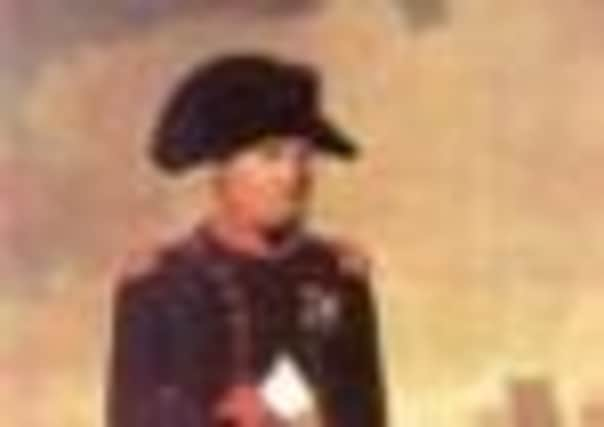Analysis: Secret of life deciphers the mysteries of the past


And for once, it was true. That morning Francis Crick and James D Watson had built a model of DNA, what they called the double helix. Deoxyribonucleic acid is the biochemical blueprint for life, passed on in the act of reproduction for all living things, plants as well as animals. Human beings share 40 per cent of their DNA with turnips. In the Border League, I played rugby with guys who shared 100 per cent of their DNA with turnips.
We each inherit six billion letters of DNA expressed as the initials of four base chemicals; adenine, cytosine, guanine and thymine. We get three billion from our mums and three billion from our dads, and these are read as a genetic code – rows or sequences of A,C,G and T. Sometimes tiny errors of copying are made and these are known as markers. We all have one. Mine is S142 and it can be located and dated. My ancestors originated in southern Denmark/northern Germany because that is where S142 is most concentrated, where the highest number of men in the world have it as a proportion of the local population. DNA mutates at a regular rate and by using a measure known as the molecular clock, the appearance of a marker can be approximately dated. Mine arose in southern Denmark around 300-400AD.
Advertisement
Hide AdAdvertisement
Hide AdSometimes history can be attached to the story of a marker’s journey to Britain and in my case, my ancestors came to Britain as part of the Anglo-Saxon invasions of the 5th century and later. In other words, I am an Englishman. I have had counselling but after our Six Nations campaign, I might not need it any more.
Every Scot is an immigrant. We all came here after the end of the last ice age and perhaps because it is impossible to go further north-west, Scotland has been the final destination for many journeys over the past 11,000 years. Perhaps that is why our DNA is so diverse, so fascinating – it is the DNA of the end of Europe and, appropriately, a distillation of what “European” might mean.
DNA markers and their journeys also allow us to tell a new sort of history, a people’s history of Scotland. Instead of the usual lists of the usual suspects – Robert the Bruce, Mary Queen of Scots and Bonnie Prince Charles – we can tell a story of all of us, ancient lineages and more recent arrivals. The flickering screens of DNA analysis, the hum of computers and the endless rows of As,Cs,Gs and Ts allow us at last to begin to write the history of Scotland as the history of Jock Tamson and his Bairns,
One of the features of the ScotlandsDNA project is the remarkable discoveries made – including that more than 1 per cent of all Scottish men, 26,000 in all, are the direct descendants of the Berber and Tuareg tribesmen of the Sahara.